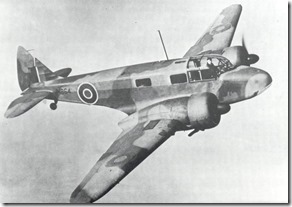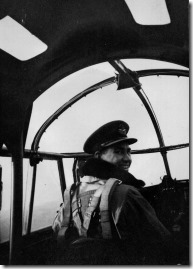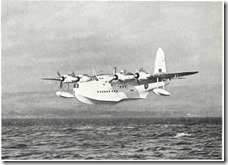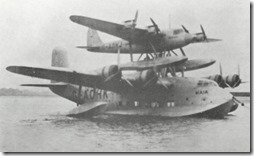The lights are on. It’s pretty dark outside. Gloom rules. And it’s just after lunch. January 2014 was wet, wet, wet, and for much of the time we remained in our quarters. There’s a limit to TV watching so in this deep mid-winter books have been even more appreciated than usual. When we moved to the Mill we managed to create enough shelves for about a third of the books we had in Cyprus; fortunately, though, there are still enough for browsing or reading again when a new one hasn’t come our way.
Books are unique things and we love them. We are very fortunate hereabouts for reading matter. Crisps have an excellent library of books of many kinds ranging from new to quite antique, together with a handsome selection of local and regional subjects. I especially recommend a browse there because the prices are very modest – less than Amazon you might say. Just the other day I found a magnificently illustrated biography of the great French Impressionist, Claude Monet, mint condition, for three Pounds.
Not far away is the Chapel Bookshop at Westleton, run by Bob Jackson, a charming and knowledgeable gent whom some might consider eccentric. His is a positive treasure trove of bookery, ranging from rare and erudite scholarly editions to biographies and histories, crime and romance galore for in-bed reading, and esoteric volumes to intrigue. Bob’s website is brilliant – you must have a look at it: www.chapelbooks.com. As you will gather, the home for this bibliophile’s haven is a former Methodist Chapel – with a fascinating title over the side door.
The owners of Aldeburgh Bookshop – another browser’s paradise – told me once of well-heeled locals who go in, check a book’s title and publisher and then go away and order it on-line. Miserable b*****s. A new book is a joy, to read, shelve, browse, re-read – a possession that can give you pleasure for a lifetime; so what if you pay a little more to go in person and buy one from a shop? You have the advantage of being able to inspect before you buy, too. I do advise a visit to Aldeburgh Bookshop.
There are several other valuable sources of second-hand books not far away. At Framlingham there’s a well stocked one in the town centre, where I recently filled out my Jeeves and Wooster collection. Good bookshelves at the Antiques centre in Yoxford, with interesting sections, such as “Aircraft”, where I found two rare profiles of long-gone builders well known to me in childhood: Airspeed, who built RAF training and medium sized civil transport aircraft and Short Brothers, famous for flying boats in peace and war. I wonder if any reader remembers the Airspeed “Oxford”, or the Short “Sunderland?”
To jog the memories of fellow oldies, below are two Airspeed Oxford pictures. On the left is the aircraft in flight and one the right, a cockpit view of my older brother Derek undergoing his twin-engined aircraft training, from RAF Shawbury in 1939.
Above left is a 1944 photo of a Short Sunderland. Flying low over the water, on anti-submarine and other missions they were very difficult to attack, even by fast and manoeuvrable fighter aircraft, because they had three gun “turrets”, one at the tail, one amidships and one at the front. Such was this armament that the Germans nicknamed the Sunderland “The Flying Porcupine”. The flying boat was the military development of Short Brothers highly successful civil flying boats, which flew routes to Africa, the Middle and Far East and across the Atlantic. They were called “Empire” flying boats and one of them was adapted to carry a smaller four engined sea-plane, “Mercury”,too heavily laden with airmail letters and packages be able to take off by itself for its flight to New York. So it was piggy-backed into the air by the Empire flying boat “Maia”.
As an 8-year old I lived in Essex just across the Thames estuary at Rochester where these flying boats and sea-planes were made and test flown. They could be seen clearly and it was most exciting. to watch them. But war broke out, ending the civilian career of the Empire flying boats, but providing a platform for many successful operations for the Sunderland. We were evacuated and my brother’s flying training was complete and he joined Bomber Command as a pilot.






